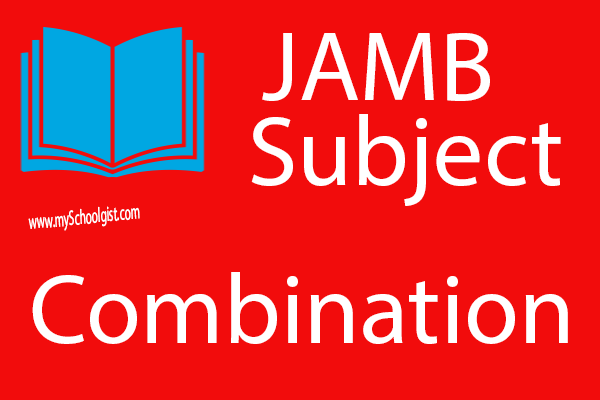
This was an interview graced by Director of IT JAMB HQ in 2012 On the marking scheme.
The Director of Information and Technology Services (Computer Dept.) JAMB HQ, Mr Olujide Adisa, said, “Yes, I got a letter like that from one school here in Abuja asking for the same thing, that they had coached their students so well and they expected them to have done so well. How come their scores are so low? You see, our own is not a certificate exam.
So, we don’t give people RAW SCORE. We give people what we call, normalized score. And how do we arrive at this normalized score. First, we have to base the normalized score on the population of candidates that actually sat for that subject. So, when we find the mean, we find the standard deviation of that particular subject, we now translate it into a normalized score. So, the population of those that sat for English is quite different from those that sat for Arabic.
“Some people have been asking questions, how come people get odd scores, instead of getting even numbers? If the result is based on 100% and the candidates sat for 50 questions, automatically, each question carries 2 points. And 2 points multiply by 50 is 100. How can a candidate get odd number? Some even said we are doing negative marking.
There is nothing like that. What we do is to draw a graph of performance of candidates. There shouldn’t be too much to the right or too much to the left, otherwise selection will become difficult. We have to draw the graph and adjust our own scale. Therefore, if somebody scores, maybe one point in Mathematics, he may end up with 24 points.
“Meanwhile, if somebody scores 80, he can’t get 120 points. He may end up at about 75 or 60 points. That is how the graph is drawn for selection purposes, because you can’t use this result for next year exam, since the population that will sit for the same subject next year will be different from the population that sat for the exam this year.
Now, this year, the population was larger. Why, because to the public, we presented four different kind of papers- yellow, red, green and purple and things like that. But to us, it meant different things. It was a security feature. We have to provide the security feature so that even the public will not understand, because for them to understand means for them to begin to smuggle answers into the classrooms.
“Your child can bring in question paper to you and you begin to mark and say yes, this child suppose to score 80 and then when the result is out the child scores 60 and you begin to ask questions. Because you will not know the population that sat for that subject; you will not know the mean of that subject; either will you know the standard deviation of that subject. So, you will not know how to translate it to what it is. But one thing that you can be rest assured is that whatsoever method that we use for one is what we use for all.”
On compliance to marking scheme, Adisa said the marker of the examination is computer and not individuals. The papers, he disclosed, are marked by scanning machine. He explained that once a formula is fed into the system, there would be no mistake. He, however, said before candidates are scored, a team of experts also do sampled manual marking to be sure that there were no mistakes in the marking by the computer.
According to him, the board has a high-tech system that can mark up to 9,600 scripts in one hour. “If the scripts all come in the way we want it to come, not rumpled, not squeezed, if they all come in straight, we would have finished marking, in less than 24 hours, 1.5 million scripts. But because of peculiarities, scripts have to be transported from all over the country. At least, we require 48 hours to gather the scripts together. That is two days. After that we require another two days to do the marking. That is how we are able to get the result out. We work 24 hours and with at least 150 people on each shift.”
On tips on how to pass the subjects, Adisa said it is reading. “We have syllabus each year. Take the syllabus, read, you will pass the exam; but it’s much easier for us to watch video, to play computer games and to play music than to read. Our children are with their GSM 24/7. Every child you see, GSM is in his hand. The time to read is not there. I believe that once they read and they are careful during examinations, they will pass.”



